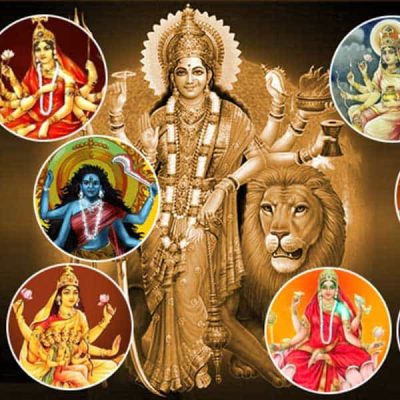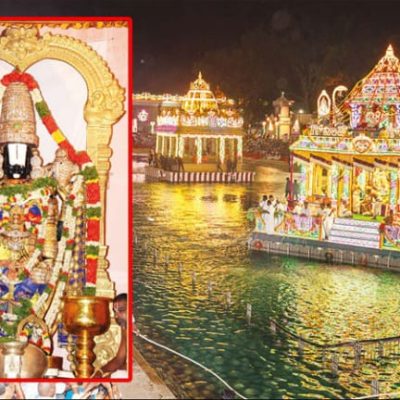Bagan Apalyadana Temple, Myanmar

Address
Bagan Apalyadana Temple, Myanmar
Myin Ka Bar, Bagan,
Myanmar (Burma)
Moolavar
Buddha
Introduction
Abe-ya-dana-hpaya is located immediately to the south of Myinkaba village, sitting on the north side of a group of temples that includes the Naga-yon-hpaya and the Som-min-gyi-hpaya stupa.
Puranic Significance
The temple likely dates to the late 11th or early 12th centuries, though legends from the Glass Palace Chronicle (an 18th-19th century Konbaung era work) attribute it to Queen Apayatana, the consort of King Kyansittha (r. 1084-1112), who married the King prior to his coronation. Although there is no firm evidence tying the temple to Apayatana, the historian G. H. Luce did discover certain ink inscriptions on the entrance hall linking the temple to Apayatana, but concedes they were added long after the temple’s founding. Hence, the association with Apayatana must be taken with a certain grain of salt, though it does enliven the temple’s narrative.
In physical form, the temple is almost identical in plan to the nearby Naga-yon-hpaya, although it is slightly smaller and lacks the grand gateways and enclosure walls that extend the scale of the Naga-yon-hpaya. The heart of the temple comprises an inner chamber measuring 4.46 x 4.60 m containing three Buddhas, around which the enclosure wall (open to the north) contains niches on the inside and outside surfaces. Though once holding statues, most of these are now gone and the few that remain have largely been moved to the Bagan museum.
The inner wall is in turn surrounded by an outer wall, creating a continuous barrel-vaulted corridor that runs around the inner core. This too is open on the north side, connecting it to a large vaulted antechamber (measuring 7.70 x 7.28m) that opens to the north (the principal direction) and to the east and west. The outside of the building is covered with highly decorated windows, three on each side except to the north. The tiered roof is surmounted by bell-shaped stupa and an octagonal spire comprised of various “umbrellas” giving it the shape of a cone, similar in form to the Pahto-hamya. Donald M. Stadtner notes that the shape of the stupa is similar to miniature stone stupas found in eastern India, which almost certainly provided served as models of most temple construction at Bagan.
The Abe-ya-dana-hpaya is justly famous for its mural paintings and other decorative motifs that push beyond the usual Theravada Buddhist themes employed at Bagan. For instance, the outer wall of the inner chamber is faced with niches that include seventeen separate roundels in between and above them, each depicting separate deities such as Brahma, Shiva, Vishnu, as well as lesser deities such as Agni on his goat and Indra on his elephant. There are also considerable Mahayana influences as well, which include up to 36 images of Boddhisattvas, though most of these images are now lost.


















Century/Period
11th or early 12th centuries
Nearest Bus Station
Bagan
Nearest Railway Station
Bagan
Nearest Airport
Nyuang U town





